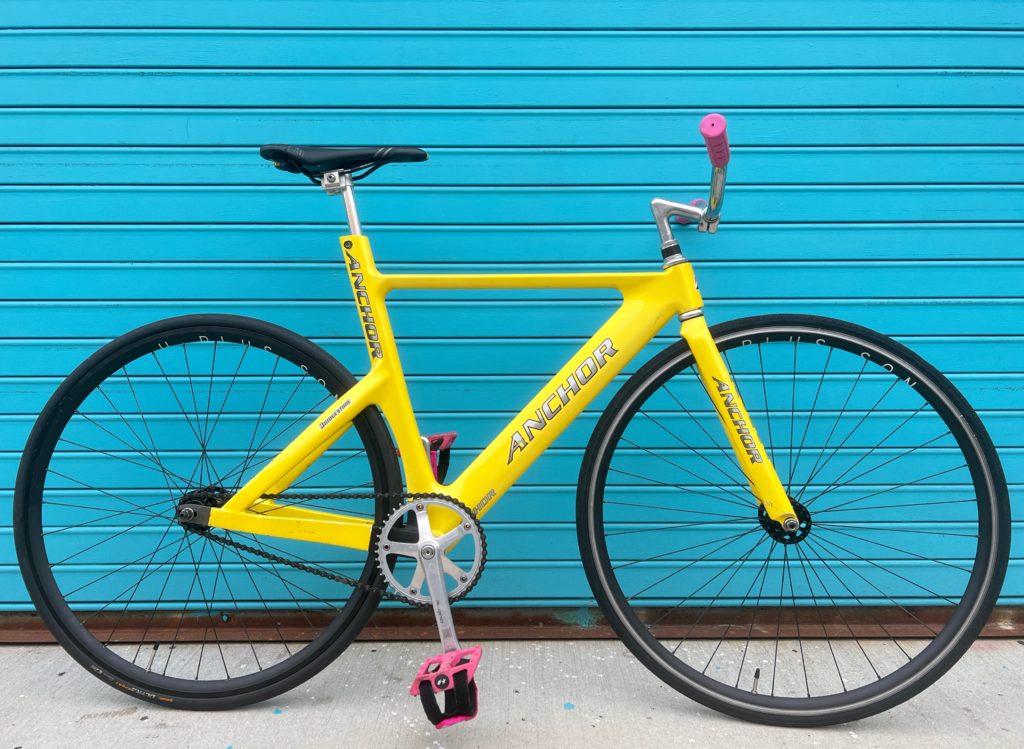
Is a carbon bike “vintage” if it’s old enough to buy beer? This Bridgestone Anchor track bike was born in 1999 (making it technically “Gen Z”) and represents their first foray into monocoque carbon frames. “FAPCPT” is a convoluted and unfortunate model name, evocative of onanistic internet slang. It’s all relative I suppose, considering the brand name is “Anchor,” a word that doesn’t convey a sense of lightness or speed (or even motion itself). Both the brand, and this bike in particular were created for the Japanese market and not with an English-speaking audience in mind. Silly names aside, this bike is a work of art, with clean, sculptured lines and a svelte profile. Read on to learn more about this rare early carbon track bike.
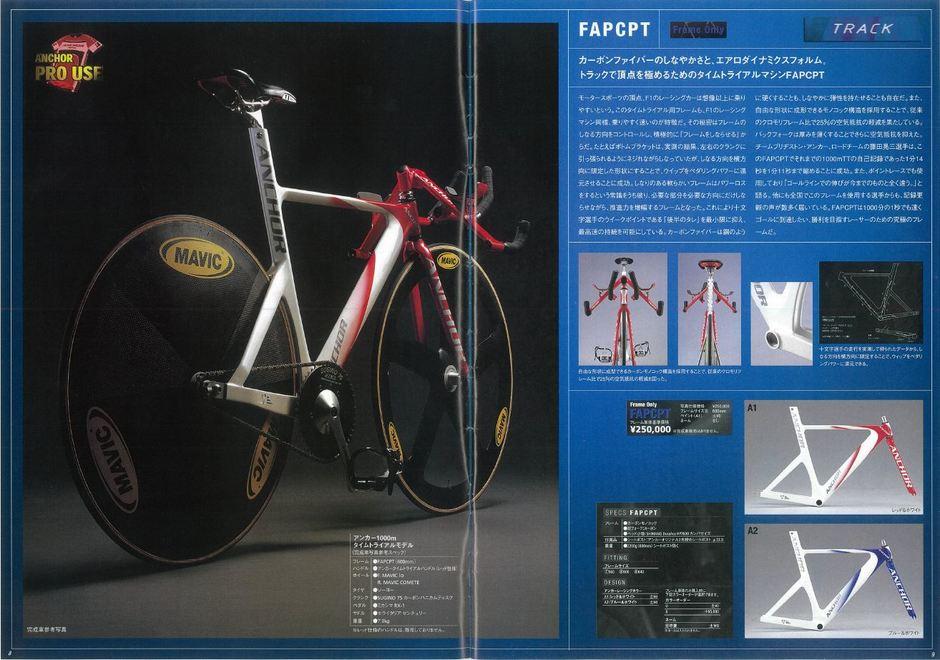

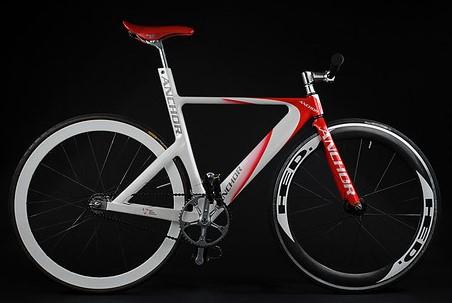 The FAPCPT was introduced in 1999, along with several other carbon monocoque designs: FAPCPS, FARCP, FATCP, and FAXCP. Lacking the full Bridgestone Anchor catalog scans from that year, I can only confirm that the FARCP was a road version of the FAPCPT, renamed the “ARCP” the following year. The FAPCPT became “FPCPT” in 2000. The FAPCPT was state-of-the-art and the ¥250,000 price tag (about $1875 USD) reflected that.
The FAPCPT was introduced in 1999, along with several other carbon monocoque designs: FAPCPS, FARCP, FATCP, and FAXCP. Lacking the full Bridgestone Anchor catalog scans from that year, I can only confirm that the FARCP was a road version of the FAPCPT, renamed the “ARCP” the following year. The FAPCPT became “FPCPT” in 2000. The FAPCPT was state-of-the-art and the ¥250,000 price tag (about $1875 USD) reflected that.
Over the next twenty years, Anchor’s line of carbon track bikes would evolve into the more well-known PHM7 and PHM9 models. More recently, the newer T8R and T9R sprint and pursuit models launched in 2016, which were updated again to the TS9 & TE9 in 2020. One thing that has stayed the same across all models is the premium price tag and lack of distribution in the USA.
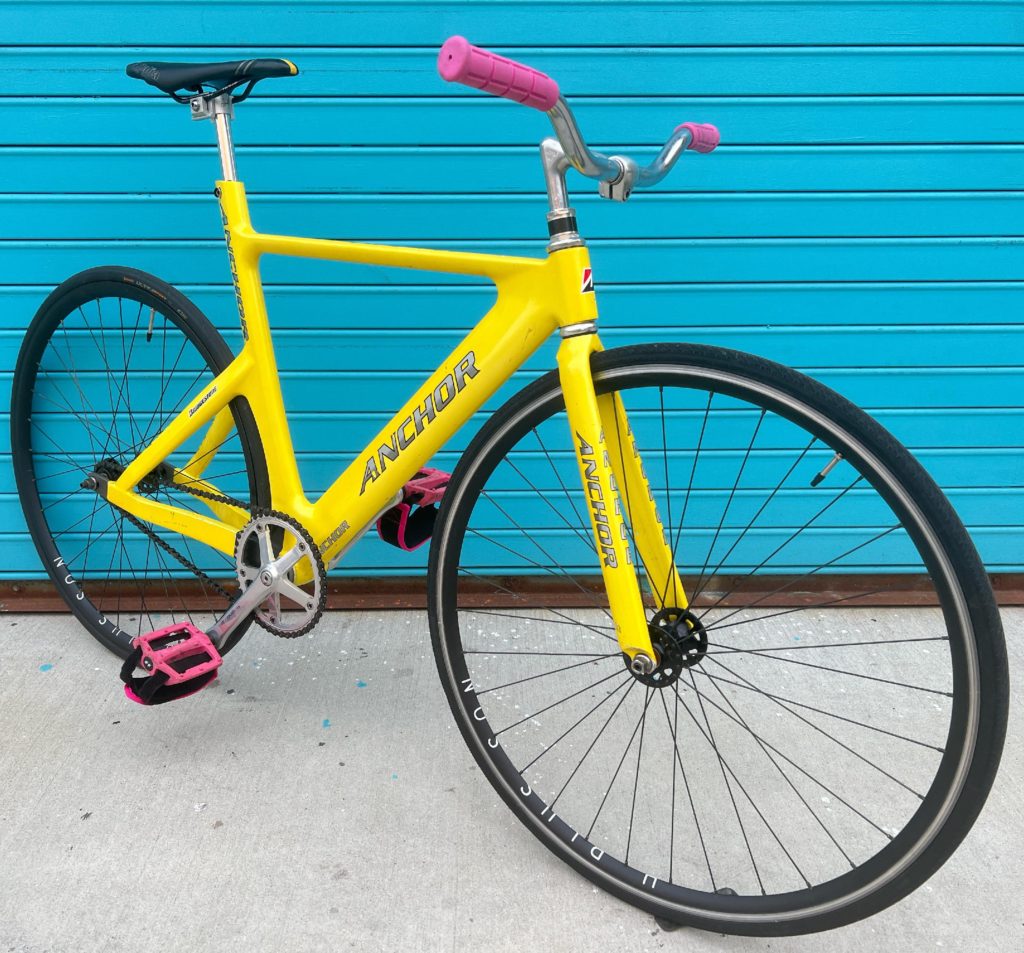
I scored this one on Yahoo Japan Auctions in 2020, although it sat in a Tokyo warehouse due to the COVID pandemic until Japan allowed shipments to the USA to resume in 2021. It wasn’t until I received the frame that I discovered it uses a proprietary 22mm diameter version of the Nitto Jaguar SP72 seat post that Bridgestone commissioned specifically for it. Given their extreme rarity, these seat posts are impossible to find second-hand. I did not want to alter the frame, so it was time to D.I.Y. my own 22mm seat post.
I started with a 22.2mm diameter seat post from Porkchop BMX, made from thick aluminum. Then I used a lathe to turn it down .2mm until it was the right diameter. The saddle clamp is a Brompton “Pentaclip“, also from lightweight aluminum. I had found a steel seat post in 22mm, and there were a lot of cheaper steel saddle clamps, but I wanted something that of appropriate quality and low weight for a carbon track frame. The original seat post binder bolt was missing, too, so I found a similar one in a slightly larger diameter, and turned it down on a lathe to fit the frame.
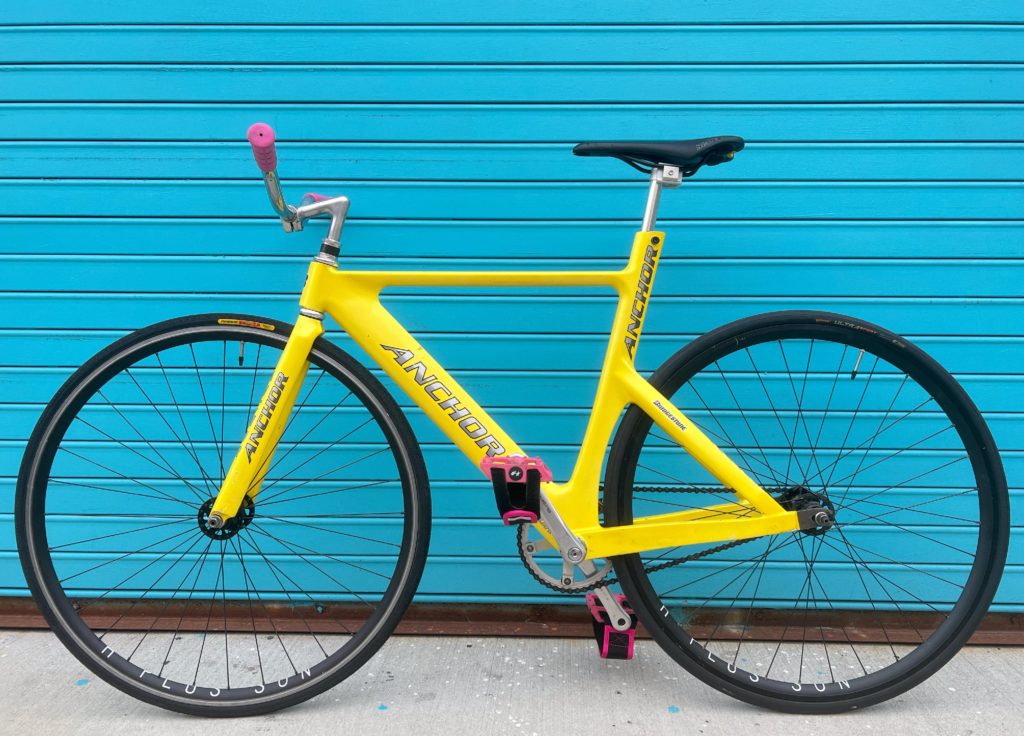
While solving the seat post challenge, I noticed the frame had some deep scratches and wear marks around the bottom bracket and insides of the chain stays. I sent out the frame to a carbon bike repair shop who inspected it, filled in and smoothed out the scratches, and gave it a clean bill of health. Finally it was ready to build up!
I went with mostly Japanese NJS track parts for the build: Nitto Jaguar stem, Hatta Swan headset, Sugino 75 cranks and bottom bracket. The Nitto riser handlebars aren’t NJS, but they keep up the theme. While carbon bikes are not used in men’s keirin racing, women’s keirin does allow them and Bridgestone’s frames are among the most popular. Since this one will likely see more street than track use, it sports a pair of H Plus Son Archetype rims with Origin8 hubs. I used pink Fixation Gates BMX pedals, matching grips and Holdfast-style straps to add a little humor to the build.
This is my first fixed gear bike without brakes, as it seemed wrong to me to drill the fork of a vintage track frame. It has aggressive geometry; the seat tube is 47mm center-to-center but 55cm center-to-top, with a 53cm top tube and 29.5″ stand-over. I’ve taken it on several rides through Brooklyn, and while I got used to riding brakeless, I still prefer having them. I was fine navigating slow-moving traffic, but sprinting is out of the question as I haven’t mastered the art of skid-stopping quickly. I’ll probably move this one along to someone with the skills to ride it confidently on the street or velodrome.
In my quest to learn more about the FAPCPT, I came across a few others online. This pink one has been fitted with a replacement chromoly steel fork, which actually looks pretty good. This yellow one is identical to mine, but the owner went with a more a track-appropriate MAVIC wheelset. This white one seems to be a re-paint, with ludicrous handlebars, but I can’t hate on a fun build.
Checkout the rest of the gallery of hi-res photos of my FAPCPT below. I’ve also added the few catalog scans and geometry sheets I was able to find online. Hopefully this article helps other owners of this bike learn more about it, and if you’ve got one, post up in the comments!

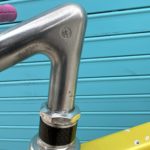

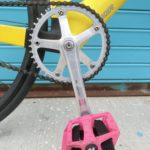
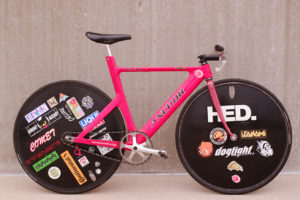
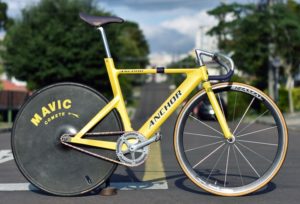
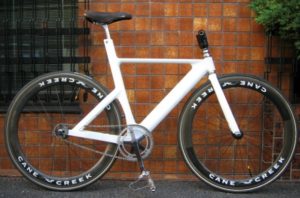







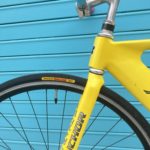

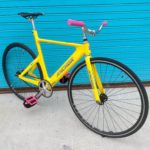
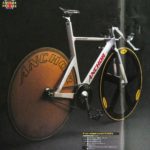
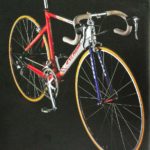
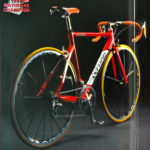
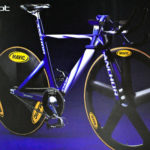
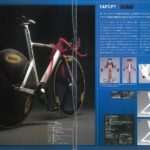
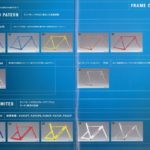

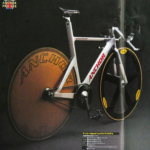
Great post!
I accidently found this post, and I happen to be the owner of the Yellow one that you mentioned 🙂
I also have some catalogue scans, but a different year scan, I believe.
HMU if it interest you.
PS. the seat post is a pain in the ass, right? I had to do some arrangement too, since the original Nitto 65 22.0 wasn’t long enough for me.
Thanks Kevyn! I messaged you on Instagram after I saw your comment.
I am the owner of the red one , sadly the replacement fork was bent and had to be swapped. I’m looking to find an Anchor fork to get it back to original shape . I’m also interested in the bars that are in the catalog scan you provided. They looks insanely fun